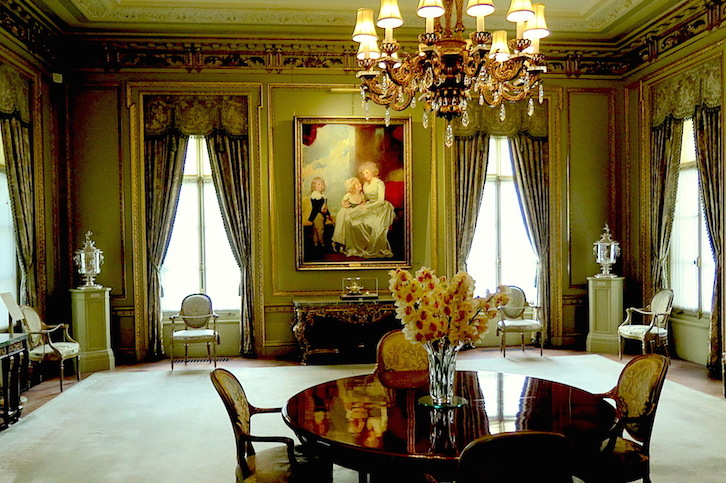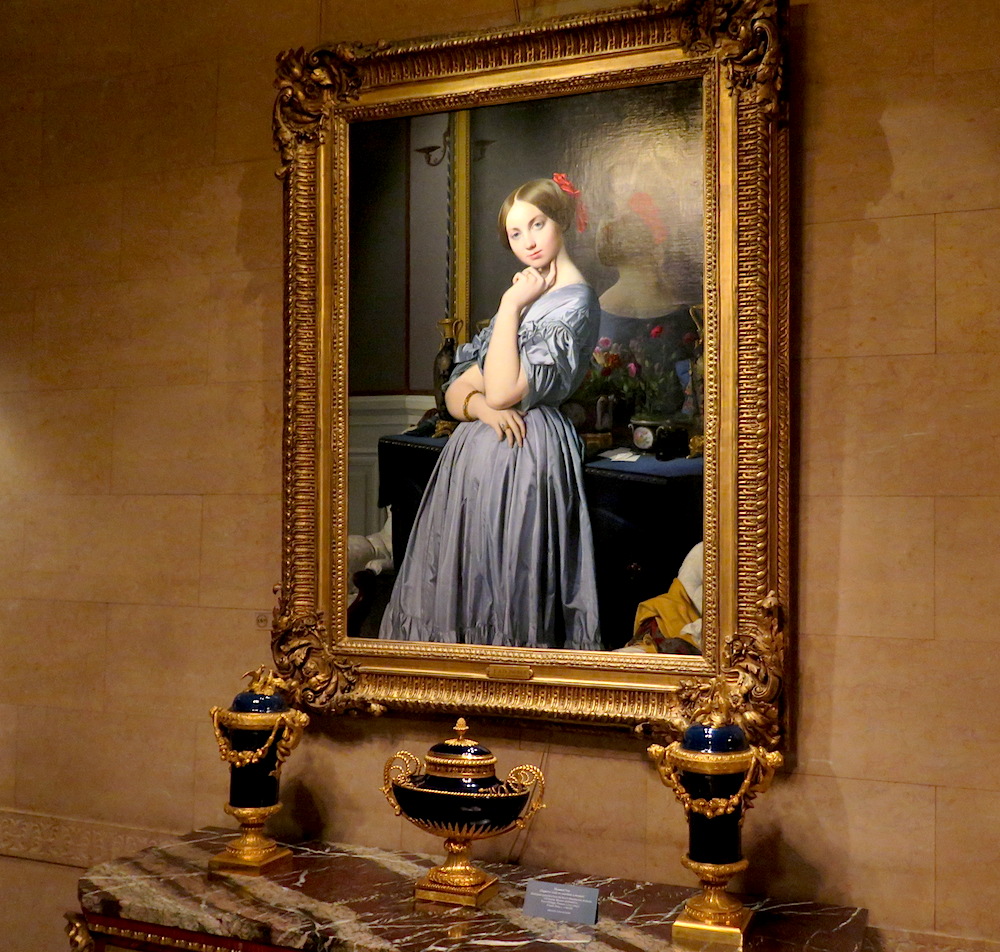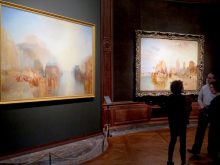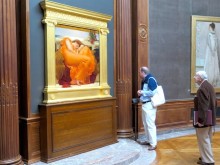For many people, The Frick Collection, located on the Upper East Side in the erstwhile Beaux-Arts mansion of 19th-century tycoon Henry Clay Frick, has long been their “idealized” home away from home: a sanctuary of gracious rooms to which they return for a reunion with old friends – rendered, as it were, by some of the world’s greatest artists including El Greco, Holbein, Ingres, Titian, Velazquez, and Vermeer.
Unlike the cacophony and crowds that can often greet patrons at New York’s larger, more populated museums, The Frick offers a refuge from the anxieties of urban life not unlike one of those Gilded Age Newport “summer cottages.”
“We like to think of ourselves as a contemplative museum,” says one staff member, a sentiment that beautifully captures the sense of relief that one feels upon crossing the threshold of the Reception Hall, where the hush is complemented by the salutary sounds of water from the fountains in the Garden Court.
Set back from Fifth Avenue, with a proper front lawn and elevated garden, the Frick was originally designed by Carrère and Hastings in 1913-14. After Henry Clay Frick’s death, the mansion underwent a brilliant transformation by architect John Russell Pope before the mansion opened to the public as a museum in 1935.
Guided by the mandarin aesthetics of the discerning art dealer Joseph Duveen, Frick, who had a remarkable eye for acquisition, amassed a superlative art collection, leaving 137 paintings to the Collection upon his death.
Apart from the Collection’s three Vermeers (out of a world total of a possible 37) as well as superb examples of Old Master and 19th-century paintings, the Frick also houses French, Italian, and English furniture, Limoges enamels, Sèvres and Chinese porcelains, clocks and carpets. The Frick’s recent blockbuster exhibition Vermeer, Rembranct, and Hals was the most popular in the museum’s history and annual attendance has exceeded 300,000.
This season, the Frick highlights its masterworks by El Greco with two exhibitions in commemoration of the 400th anniversary of El Greco’s death. The Collection’s three paintings by El Greco include St. Jerome, which will be presented for the first time alongside Purification of the Temple and Vincenzo Anastagi.
Currently on display in the Frick’s Portico Gallery is an exhibition of late 18th-century sculptures by Houdon and Clodion. In November, ten masterpieces from the Scottish National Gallery in Edinburgh will be on view at the Frick, including a 15th-century work by Botticelli making its debut in the United States.
Many who frequent the Frick come to pay their respects to Ingres’s Comtesse d’Haussonville. One of the Collection’s most famous paintings, Ingres’s masterpiece of the young countess and granddaughter of Madame de Staël was purchased not by Frick, but by the Trustees in 1927 after Frick’s death. Currently, the Countess stands watch in the North Hall gazing out toward the Garden Court.
Upon completion of the Frick’s proposed new addition, the mansion’s Grand Staircase will open to the public for the first time. Visitors will be able to ascend the imposing stone staircase to the suite of second-floor rooms that were once the private living quarters of the Frick family. The Countess will be happy to welcome you.









